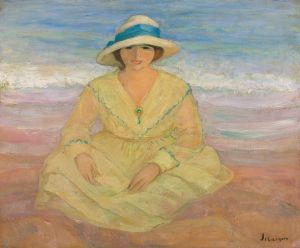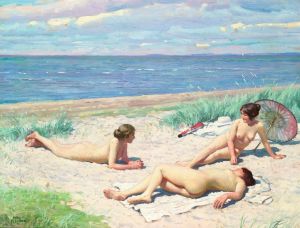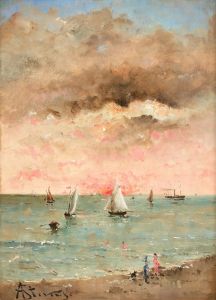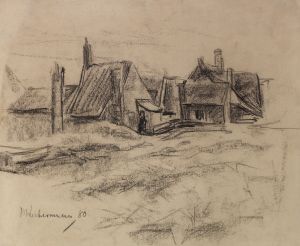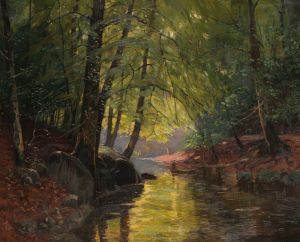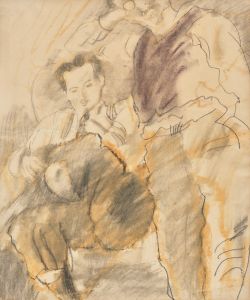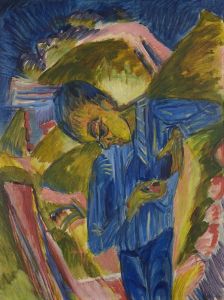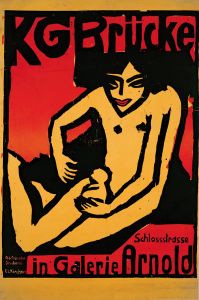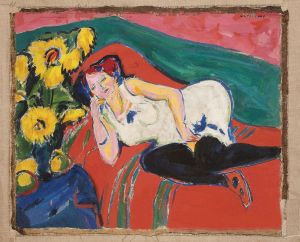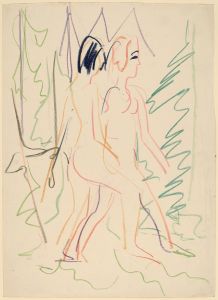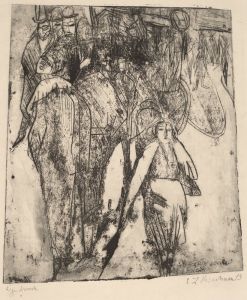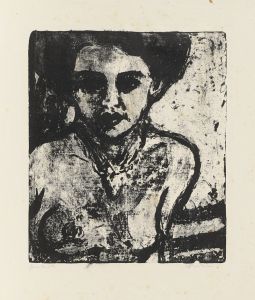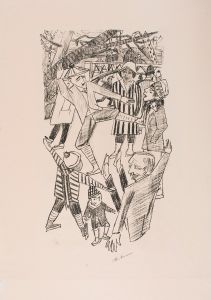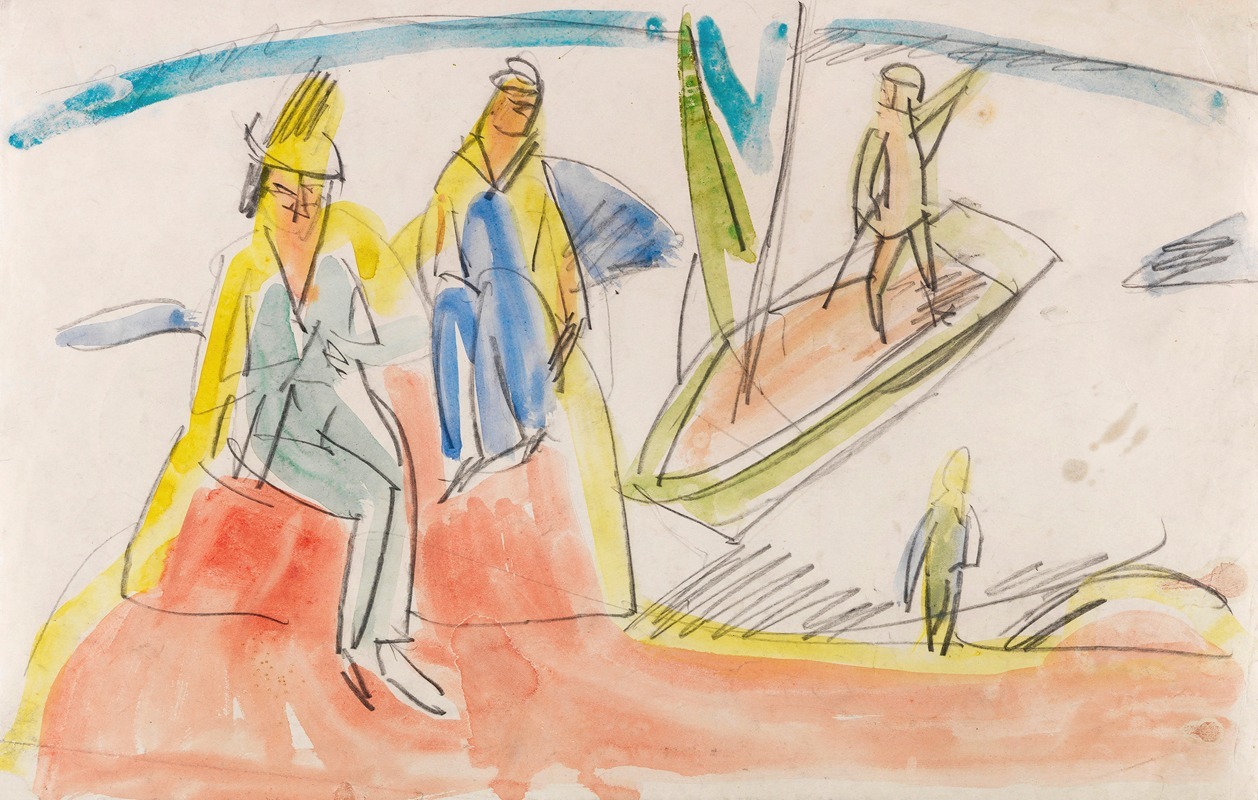
Menschen und Boot am Strand
A hand-painted replica of Ernst Ludwig Kirchner’s masterpiece Menschen und Boot am Strand, meticulously crafted by professional artists to capture the true essence of the original. Each piece is created with museum-quality canvas and rare mineral pigments, carefully painted by experienced artists with delicate brushstrokes and rich, layered colors to perfectly recreate the texture of the original artwork. Unlike machine-printed reproductions, this hand-painted version brings the painting to life, infused with the artist’s emotions and skill in every stroke. Whether for personal collection or home decoration, it instantly elevates the artistic atmosphere of any space.
Ernst Ludwig Kirchner was a prominent German expressionist painter and one of the founding members of the artist group Die Brücke (The Bridge), which played a pivotal role in the development of modern art in the early 20th century. His work is characterized by bold colors, dynamic compositions, and a focus on the human figure, often exploring themes of modernity and the human condition.
"Menschen und Boot am Strand" (translated as "People and Boat on the Beach") is one of Kirchner's notable works, reflecting his interest in capturing the vibrancy and energy of life. Although specific details about this painting are limited, it is consistent with Kirchner's style during his most productive periods, particularly in the years leading up to World War I.
Kirchner's beach scenes often depict figures in motion, interacting with their environment in a way that conveys a sense of immediacy and vitality. These works frequently feature elongated forms and exaggerated perspectives, techniques that Kirchner employed to express emotional depth and psychological tension. The use of vivid, non-naturalistic colors is another hallmark of his style, intended to evoke an emotional response from the viewer rather than to replicate reality.
The setting of a beach is significant in Kirchner's oeuvre. Beaches were a popular motif among the Die Brücke artists, symbolizing freedom and a return to nature, away from the constraints of urban life. This theme aligns with the group's broader artistic philosophy, which sought to bridge the gap between traditional art forms and the new, more expressive approaches that were emerging at the time.
Kirchner's work, including "Menschen und Boot am Strand," is often seen as a reaction to the rapid industrialization and urbanization of the early 20th century. His paintings capture the tension between the natural world and the encroaching modernity, reflecting the anxieties and aspirations of his era. The figures in his beach scenes are typically depicted in a state of leisure or play, suggesting a temporary escape from the pressures of modern life.
Throughout his career, Kirchner faced numerous personal and professional challenges, including struggles with mental health and the impact of the First World War. Despite these difficulties, he remained a prolific artist, continually evolving his style and exploring new themes. His work was later condemned by the Nazi regime as "degenerate art," leading to the removal of many of his pieces from German museums. Nevertheless, Kirchner's influence on modern art is undeniable, and his paintings continue to be celebrated for their innovative approach and emotional intensity.
"Menschen und Boot am Strand" exemplifies Kirchner's ability to convey complex human emotions through his distinctive expressionist style. While specific details about this particular painting may be scarce, it remains an important part of Kirchner's body of work, offering insight into his artistic vision and the cultural context of his time.





